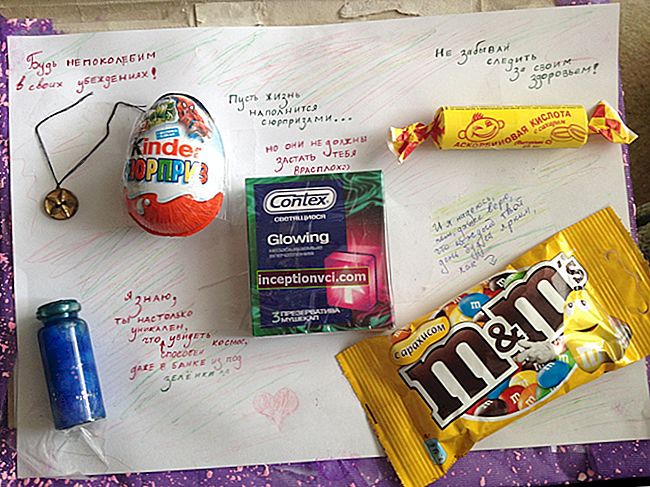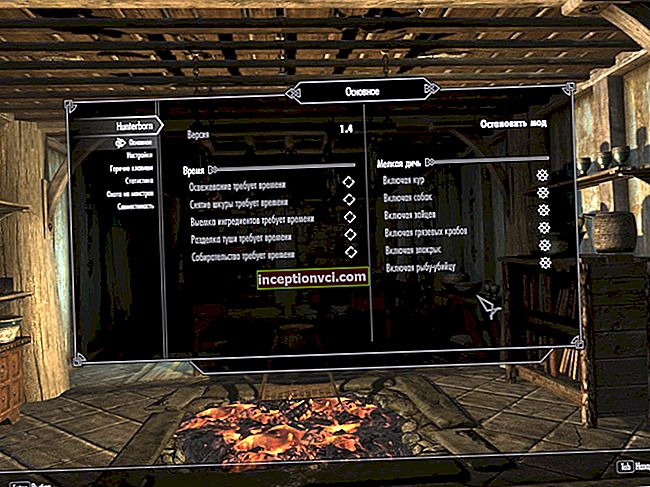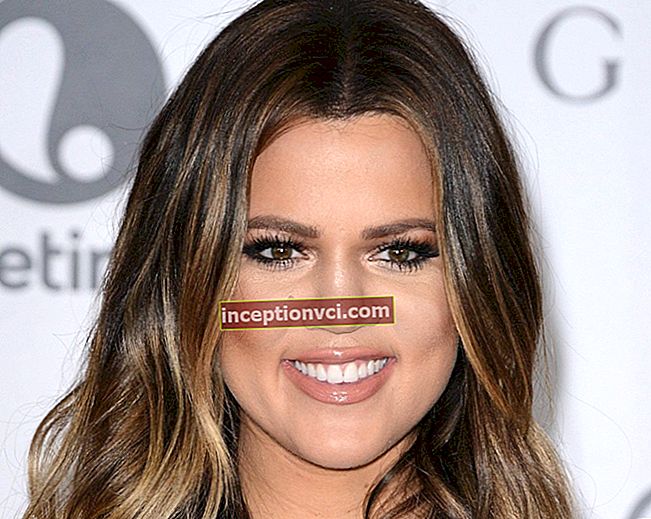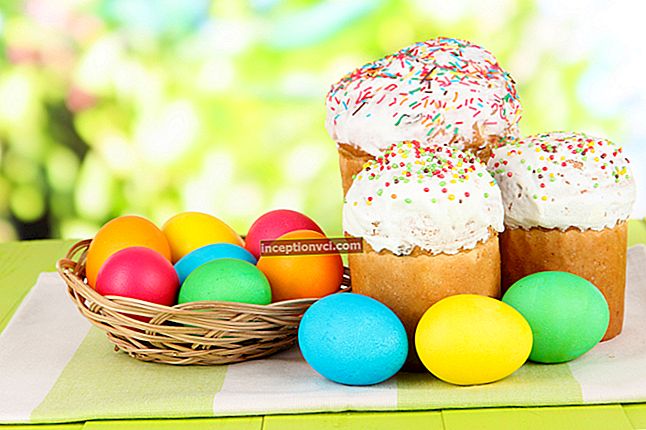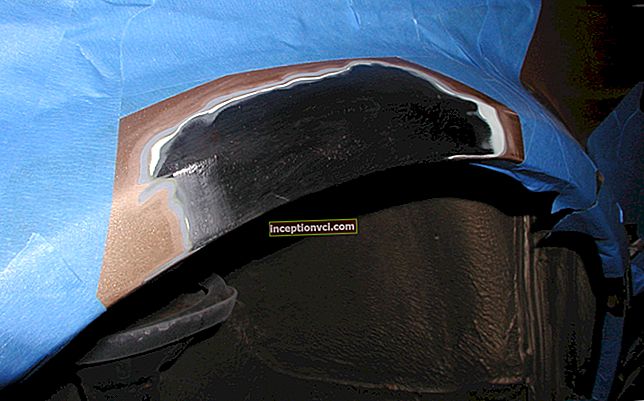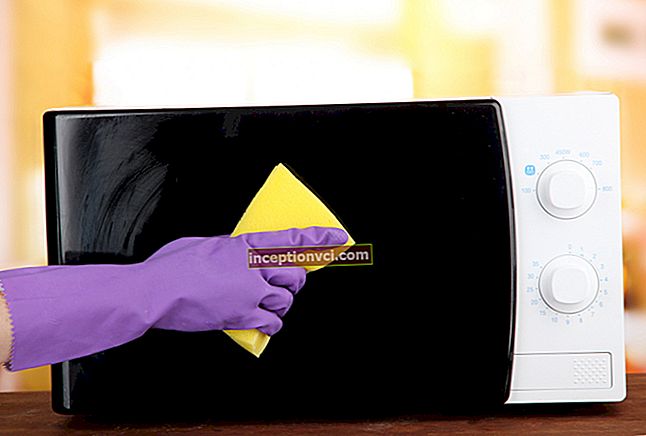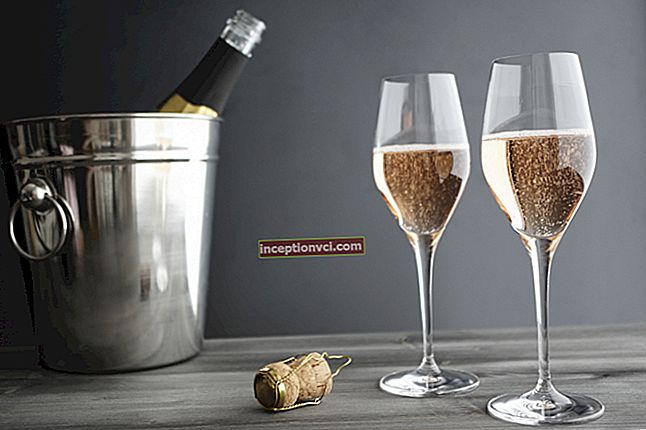According to the latest WHO recommendations, which are now followed in all civilized countries, a child up to six months is exclusively breastfed. Mom's milk replaces both food and drink. However, in some cases: artificial or mixed feeding; hot summer, and the breaks between feedings are 3-4 hours; profuse salivation due to teething, - there is a need for a child to drink. At this moment, young parents are faced with a choice: which is better - a bottle or a sippy cup? And if it has been known about bottles for a long time, accordingly, a lot, then they still talk about the benefits and dangers of drinking cups. However, we hasten to console you: the zealous opponents of any innovation speak out loudest about the "harm", citing the "iron", the most bizarre argument: "In our childhood, nothing like this (reusable diapers, drinking cups, moisture-absorbing diapers and much more) did not exist, we are fine without it managed, so there is nothing for you to suffer with nonsense. "
So, let's look at what sippy cups are and what exactly you need to pay attention to when choosing.
Drinking cups are an indispensable thing for all parents who help to easily teach children to drink from a cup on their own. They save parents a lot of nerves, effort, time and money. After all, a small child, firstly, is clumsy, and secondly, he loves to play with everything in the world, be it a rattle, a saucepan with borscht or a cup with compote. There is no greater fun for him than to dump something (things from the closet, porridge from a bowl, a flower from a flowerpot) on the floor and "explore" it himself, leaving traces of global destruction in its wake. And only because of this, the child will pour water, tea, compote and juice from the cup, and break the cup itself.
What kind of sippy cups are there?
1. Training (teaching) drinking cup and "first cup"
Designed for the smallest children from three to four months. They are designed so that it is convenient for the baby to grasp the handles or the cup itself if there are no handles.
Non-spill training cupwith a soft "spout", which, if necessary, can be replaced with a nipple, has a shape convenient for small children to grip, as well as handles.

"The first cup" with a transparent body allows you to control the liquid level. Thanks to the snap-on lid, it is convenient to take it for walks.

2. Drinking cups
They have a special valve, thanks to which the liquid does not pour out of the cup. There are various shapes, colors and volumes. Designed for babies over 6 months old.
There are many subspecies among non-spills. There are also training ones among them; with replaceable, soft and hard spouts, with caps. Convenient so-called thermo-drinking devices, which maintain the temperature of the liquid for up to 1.5-2 hours.




3. Drinking cups with a straw
These sippy cups are categorized as 8+.
As the name implies, it does not have a "nose", but it has a wide reusable straw. These sippy cups come in all kinds of shapes, convenient to use, the straw is always hidden under the lid or closed with a cap. Often, sippy cups with a straw are given at the mercy of one-year-old children who walk confidently and independently.


A separate item should be put the first "adult" cupAvent 260 ml. (SCF782 / 00).
It is perfect for toddlers to learn to drink from a cup. Avent 260 ml. (SCF782 / 00) has a unique valve that protects against leaks and reacts to the touch of the lips. It has no "nose" or straw. The child can drink like from a regular cup - all over the edge. It can be used everywhere - both at home and on a walk, as this cup has a lid that tightly closes the vessel.The handles will help the child to hold the cup firmly.

How to choose a sippy cup?
We have already seen how the sippy cups are divided into "age" categories. Let's take a look at the components of each sippy cup. This is necessary in order to correctly determine the choice.
Appearance
1. Feeder should have handles, or be with a "narrowed waist" so that the baby can hold it on his own.
2. Transparent or translucent material of the sippy cup allows parents to control the liquid level. This, in turn, prevents the baby from swallowing air.
3. Simplicity of shape for easy cleaning.
Spout
Drinker spouts are of two types: soft and hard.
Soft tips are recommended for small children. They smooth the transition from the mother's breast or bottle nipple to the sippy cup. Babies 3-4 months old may not realize that through a hard nose, if they suck, the liquid will run in the same way as from a bottle.
Hard spouts are recommended for half-year-olds. Such noses are not afraid of "nibbles", and steadfastly endure all the "bites" of the baby.
Cap
It will allow you to take a cup of water for a walk without fear that the spout or tube will become dusty.
Edge of the cup
Considering that the sippy cup will be used not only as a sippy cup, but also as an ordinary children's Czech woman, great attention should be paid to its edge. Unscrew the cup, if possible, and examine the edge. Some manufacturers make it "spicy". The child will refuse to drink from such a cup, and you yourself are unlikely to allow it so that the baby does not get hurt.
Pens
Handles can be solid or non-solid, removable and non-removable. It all depends only on you which option you prefer.
Volume
The volumes of the sippy cups vary from 120 to 500 ml, so it is very important to decide at what age and for what purposes the sippy cup will be used.
As an added bonus, some non-spills have a volume scale on the side.
additional information
Many companies manufacture complementary items for their non-spills, which significantly extend the service life. For example, removable silicone spouts; straw brushes and much more.
So, as you can see from the above, choosing a sippy cup or the first cup is a feasible task. It is only necessary to clearly define the parameters, and then you will undoubtedly select the best option for you among a huge range of products.

